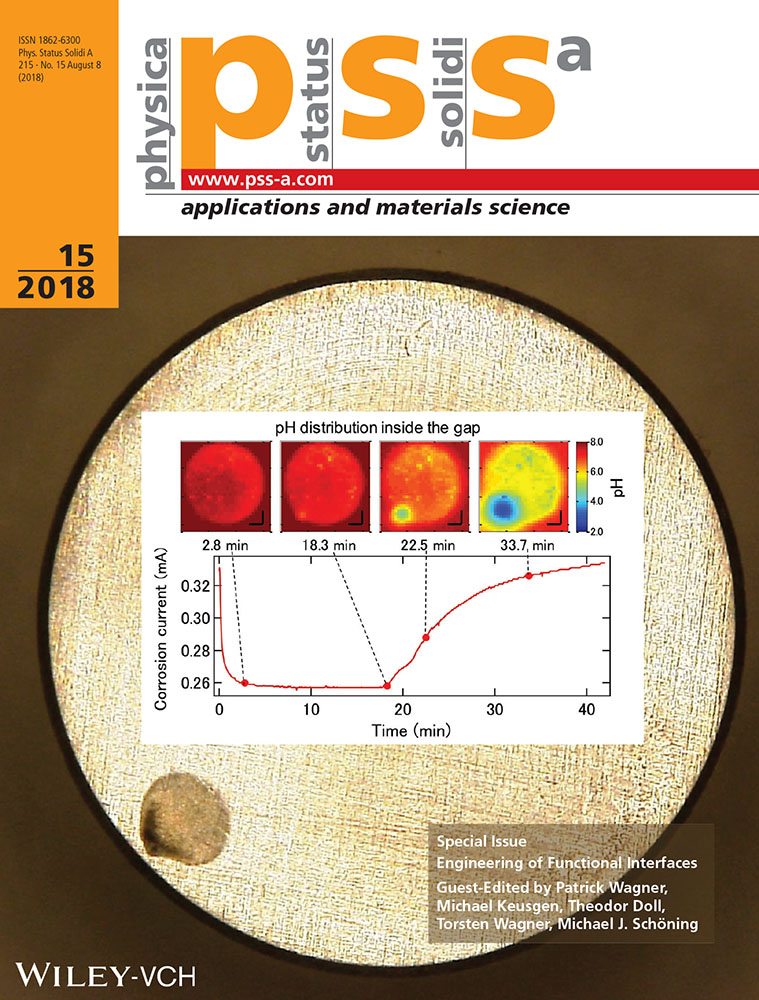Carbon Nanotube-Silicone Rubber on Active Thin-Film Implants
Abstract
To improve interfacing with neurites, flexible electrode materials consisting of carbon nanotubes (CNTs) and silicone rubber are investigated. Here, the authors present a method for defined application of CNT-silicone rubber on electrode surfaces. However, for low impedance as well as intimate contact between nerve cells and electrodes, additional reduction of the silicone rubber layer via etching at the interface is necessary. This requires protection of the electrodes using photoresist. The etching methods are optimized for application on ready-to-use electrode arrays and characterized using impedance spectroscopy and scanning electron microscopy.
Conflict of Interest
The authors declare no conflict of interest.




